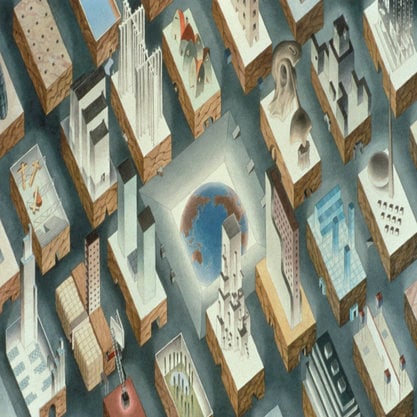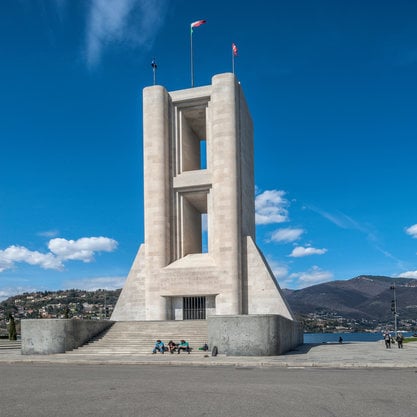Article
Stella, Joseph (1877–1946) By Thomas, Adam M.
Article
An Italian-born American artist, Joseph Stella contributed to the adaptation of Futurism in the United States and to the advent of Precisionism. After immigrating to New York City from Naples in 1896, he studied at the Art Students League and the New York Art School. From 1909 until 1912, Stella resided in Europe, where his exposure to avant-garde movements, especially Italian Futurism, influenced his subsequent depictions of machine-age America. Between 1913 and the early 1920s, Stella developed a personal painting style characterized by abstracted forms, vivid colors, and vertiginous perspectives of urban and industrial architecture. In several compositions featuring the Brooklyn Bridge in particular, Stella evokes the dynamism and immensity of New York with kaleidoscopic divisions of space and crisscrossing webs of lines. Botanical and figural subjects, often with religious associations and references to the tradition of Italian art, dominate work from the second half of his career. Perpetually restless, Stella visited Italy repeatedly in the 1920s and lived in Paris in the early 1930s. Several years of illness preceded his heart failure in 1946.




